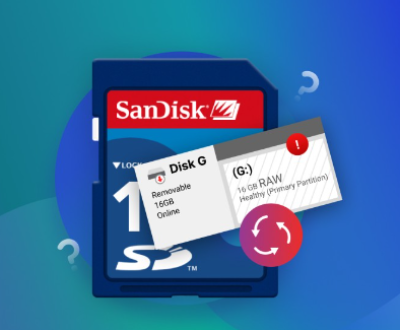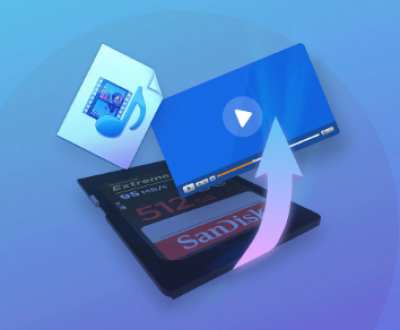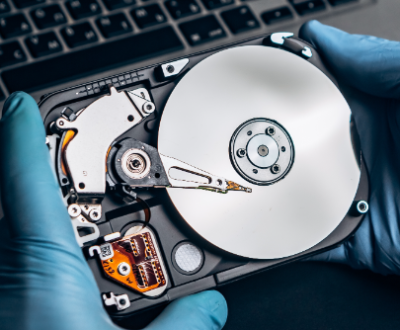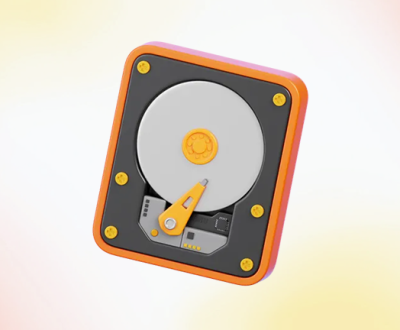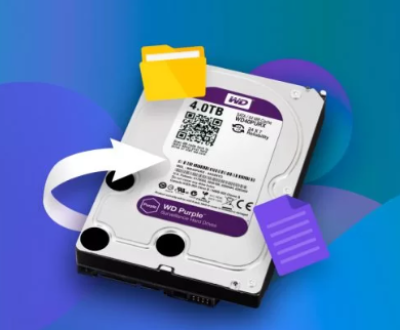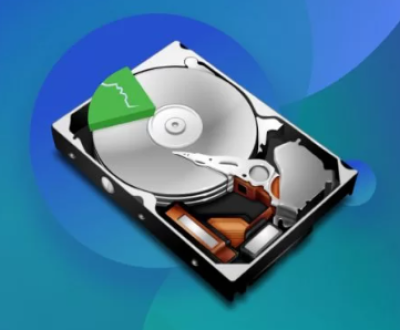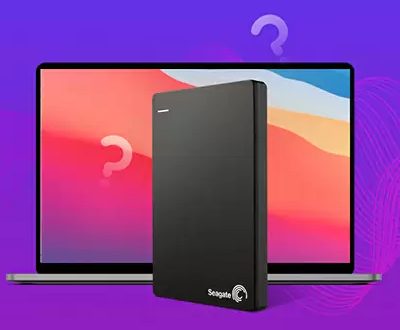In an age where data drives personal, academic, and business operations, the loss of critical files can be a catastrophic event. Whether caused by accidental deletion, formatting errors, file system corruption, or hardware failure, data loss demands an immediate and effective response. For Seagate hard drive users, Seagate file recovery software offers a streamlined solution tailored specifically for retrieving lost data from Seagate-branded storage devices.
Panda Assistant
You can also download our Panda Assistant directly, which provides free recovery of certain data. The operation steps are simple, safe and effective, and it can recover various files, images and mistakenly deleted videos!
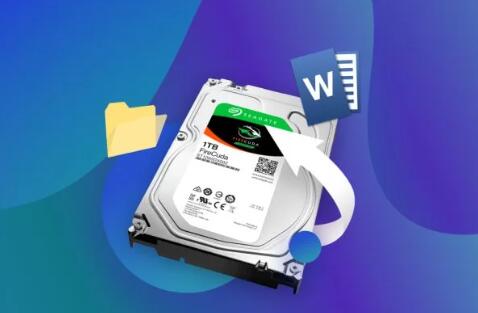
Seagate is one of the world’s most reputable manufacturers of hard drives, solid-state drives (SSDs), and external storage solutions. With millions of users globally relying on Seagate to safeguard their digital content, it’s essential to understand how to respond when something goes wrong. This comprehensive 2900-word guide will explore the intricacies of downloading, installing, and using Seagate file recovery software, evaluate its features, outline best practices for recovery, and offer comparisons with other tools to ensure optimal results.
Chapter 1: Data Loss and Recovery Basics
Before diving into the software specifics, it’s crucial to grasp how and why data loss occurs and what recovery truly involves.
Common Causes of Data Loss
Accidental Deletion – Files removed during cleanup or due to human error.
Formatting Errors – Drives formatted unintentionally or due to file system prompts.
Corrupted File Systems – Caused by improper shutdowns, malware, or power surges.
Hardware Failures – Issues such as bad sectors or disk degradation.
Virus or Malware Attacks – Threats that delete or hide files maliciously.
Operating System Failures – Sudden OS crashes or updates that result in data loss.
How File Recovery Works
File recovery tools don’t magically recreate lost data. Instead, they scan the storage medium for remnants of files that haven’t been overwritten. Deleted data isn’t immediately erased from the drive; rather, its directory entry is removed. Seagate’s software identifies such orphaned data and allows for its restoration.
Chapter 2: Introducing Seagate File Recovery Software
Seagate offers an in-house recovery solution known as Seagate File Recovery Software (powered by Ontrack), which is designed to work seamlessly with its range of drives.
Key Features
Simple Installation – Quick setup process suitable for beginners.
Comprehensive Scan Options – Quick scan for recent deletions and deep scan for more complex recoveries.
File Preview Support – View files before recovery to ensure accuracy.
File Type Filtering – Narrow scans by selecting file types (e.g., photos, documents, videos).
Raw Recovery Mode – Recovers data even from severely damaged or unrecognized drives.
Bootable Recovery Media – For systems that fail to start.
Cross-Platform Compatibility – Available for both Windows and macOS.
Multi-Language Support – For international users.
Supported File Systems
FAT12/16/32
exFAT
NTFS
HFS/HFS+
APFS
Supported Devices
Internal Seagate HDDs/SSDs
External Seagate drives (e.g., Backup Plus, Expansion, LaCie)
Seagate NAS devices (with disk removal and direct scanning)
Chapter 3: How to Download Seagate File Recovery Software
Step-by-Step Download Instructions
Visit the Official Site
Go to Seagate’s support website or search “Seagate File Recovery Software” on your preferred browser.
Select the Correct Version
Choose your operating system: Windows or macOS.
Click Download
The file is typically under 100 MB and should take a few minutes.
Install the Software
Run the downloaded installer and follow on-screen prompts.
Accept license agreements and complete the setup.
Activate Software
You may start with a free trial or purchase a full license for complete recovery features.
System Requirements
Windows: Windows 10/11. minimum 2GB RAM, 250MB free disk space
Mac: macOS 10.14 or later
CPU: Dual-core or higher
Chapter 4: Using the Software to Recover Files
Step 1: Launch the Program
Open the installed application.
Connect your Seagate drive if not already detected.
Step 2: Select the Drive
Choose the affected Seagate drive from the listed storage devices.
Step 3: Choose Scan Type
Quick Scan – For recently deleted files.
Deep Scan – For formatted or corrupted drives.
Step 4: Scanning Process
Progress bar will show scan duration.
You may pause and resume scanning as needed.
Step 5: Preview and Select Files
View recoverable items.
Use filters to locate specific file types.
Step 6: Recover Selected Files
Choose a secure location on a different drive to save recovered files.
Chapter 5: Best Practices for Successful Recovery
Stop Using the Drive – Avoid writing new data.
Recover to a New Location – Prevent overwriting lost data.
Use Deep Scan for Older Data – Especially for formatted or corrupt drives.
Check File Integrity – Preview files when possible.
Update Your Recovery Software – Ensure access to the latest recovery algorithms.
Chapter 6: Pros and Cons of Seagate File Recovery Software
Pros:
Tailored for Seagate devices
Clean, intuitive interface
Reliable recovery performance
Official support and updates
Integration with Ontrack expertise
Cons:
Paid software with limited trial features
May not support third-party drives fully
Deep scans can be time-consuming
Chapter 7: Alternative Options and When to Use Them
Panda Assistant
Panda Assistant is a cutting-edge data recovery tool designed to help users effortlessly retrieve lost, deleted, or corrupted files from a wide range of storage devices. Whether you’ve accidentally erased important documents, formatted an external drive, or encountered an unexpected system crash, Panda Assistant provides an intuitive, reliable solution for restoring your digital life.
Built with a user-friendly interface, Panda Assistant requires no technical expertise. Its powerful scanning engine can detect traces of files on hard drives, SSDs, USB flash drives, memory cards, and more even in cases where the file system has been damaged. With support for hundreds of file formats, including documents, photos, videos, and emails, Panda Assistant ensures that no important data is left behind.
Chapter 8: Preventing Future Data Loss
Regular Backups – Use Seagate’s built-in tools like Toolkit for automated backups.
Safe Removal – Always eject drives properly.
Antivirus Protection – Prevent malicious software from damaging files.
Drive Health Monitoring – Use SMART monitoring tools.
Avoid Overfilling Drives – Maintain at least 15-20% free space.
Power Backup – Use UPS systems to avoid abrupt shutdowns.
Seagate File Recovery Software offers a robust, user-centric solution for anyone facing unexpected data loss on Seagate drives. From its deep scanning algorithms and file previews to its ease of use and official support, the software is ideal for both novice and experienced users. While no recovery solution can guarantee 100% results, Seagate’s tool dramatically improves your chances—especially when used promptly and correctly.
About us and this blog
Panda Assistant is built on the latest data recovery algorithms, ensuring that no file is too damaged, too lost, or too corrupted to be recovered.
Request a free quote
We believe that data recovery shouldn’t be a daunting task. That’s why we’ve designed Panda Assistant to be as easy to use as it is powerful. With a few clicks, you can initiate a scan, preview recoverable files, and restore your data all within a matter of minutes.
Subscribe to our newsletter!
More from our blog
See all postsRecent Posts
- How to recover deleted files in sd memory card 2025-07-15
- How to recover lost photos from sd card 2025-07-15
- How do you recover deleted files from sd card 2025-07-15

 Try lt Free
Try lt Free Recovery success rate of up to
Recovery success rate of up to

